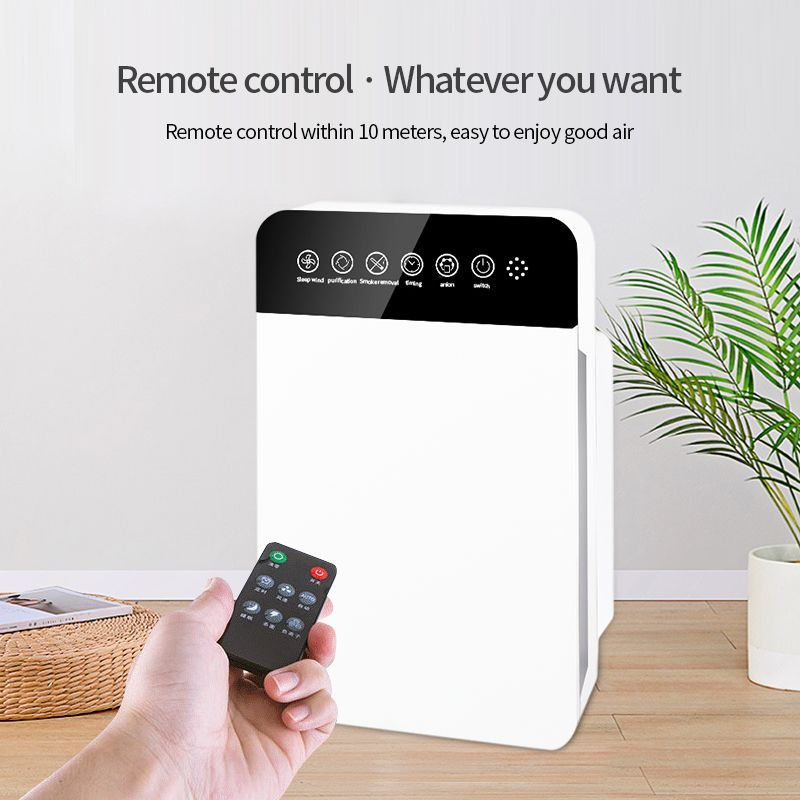Air Purifier Machines are designed to purify the air in a specific radius, making them a good option for people seeking an easy-to-use device with apps, voice controls and sleep modes.
This model performs well at collecting dust and other particulate matter but does not filter out irritants like volatile organic compounds (VOCs) from DIY or household sprays. Unfortunately, it's also quite pricey.
Features
Air purifiers clean the air by eliminating harmful particles and odors, using powerful fans to pull in polluted air before passing it through filters that each capture specific particle types before pushing out clean air back into the room.
Some models feature ultraviolet lights to kill bacteria and germs in the air. Others use electrostatic charge to attract particles to plates in the machine or nearby surfaces and stick them there. Consumer Reports does not advise these machines due to high levels of ozone they produce which could compromise respiratory health.
Many air purifiers feature activated carbon filters to eliminate cooking, smoking and other activities that emit odors into the atmosphere. Unfortunately, however, these filters may not be effective without regular vacuuming of rooms to capture larger particles that cannot be captured by filters. It is advisable to perform at least once or twice weekly vacuuming for optimal performance of these air purifiers and their activated carbon filters.
Specifications
When purchasing an air purifier machine, pay attention to its Clean Air Delivery Rate (CADR) and coverage area. A higher CADR means cleaner air for you and your family to breathe; room size plays a factor as larger devices will filter and recirculate more air than smaller models.
Consider what air pollutants your machine will target; most devices capture airborne allergens like dust, dander and pollen while others focus on reducing harmful chemicals, gases or odors; some even target viruses and germs!
For optimal results, look for models equipped with UV germicidal lamps to kill viruses and bacteria in the air, thus protecting you against inhaling them and becoming sick. Furthermore, look for one with low levels of ozone production; this air pollutant can contribute to respiratory problems. A good air purifier will also include light sensors to detect dust mites, mold spores, pollen or any other contamination present.
Installation
Air purifiers work to filter and clean the air of harmful particles like dust, mold spores and gases - helping reduce allergy and respiratory symptoms by extracting these toxins from their environment - they're also great at eliminating construction dust as well.
Based on the filter type and CADR rating of your machine, air filtration devices may help remove natural gases; VOC emissions from furniture and cleaning products; unpleasant odors and chemical pollutants. They even come equipped with UV lights which help eliminate bacteria and viruses.
Air purifiers can be found at most home improvement stores and installed easily by plugging them directly into an electrical outlet. They're great for rooms where people spend most of their time, such as living rooms or bedrooms, but you may also want to consider investing in whole-home in-duct air purification systems installed by HVAC companies, which connect directly into your ventilation system and are connected directly with it.









